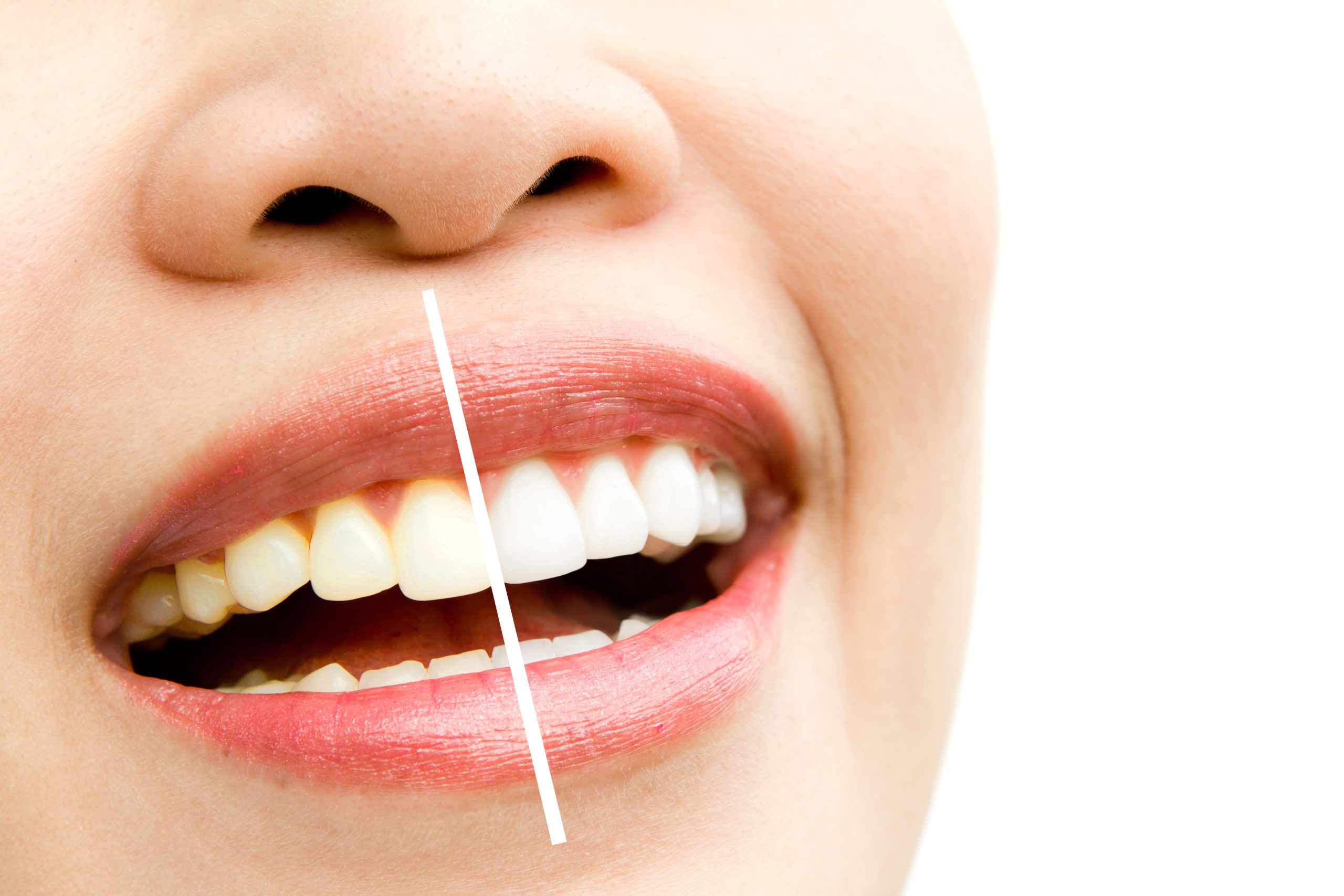
What does gentle care imply for whitening? Older firm treatments have proven their long-term efficacy, but they also left the patient with some form of sensitivity for several days. Gentle care takes care of all this deliberately by using controlled whitening systems that protect enamel and the gums.
Whitening will target the uniquely individualized situations. Generally, there is no one-size-fits-all. The dentists evaluate your oral health, identify the type of discoloration you have and choose the whitening option that will better fit your teeth.
What caused the discoloration of teeth?
Understanding so well the factors affecting the natural color of one’s teeth, one can get the best insight of the gentle but effective need for whitening methods, some of these include:
Commonly drinking beverages like coffee, tea, soda, and wine.
Deep stains from tobacco smoke or use in other kinds.
Changes with age – causing the thinning of enamel over a period.
Changes in color due to some medications especially certain antibiotics.
Poor mouth hygiene invites the seeds of plaque and tartar growth.
The thickness and even color may also depend on one’s genotype.
Because they vary from person to person, the treatment is individualized for the particular problem through a gentle caring whitening plan.
How Others Work
Thus controlled, these procedures differ from the ordinary whitening methodologies that include essentially:
1. Consultation and Evaluation
In this very first visit, your dentist ascertains that the condition of your teeth and gums is such that they would be healthy enough to undergo whitening. Further, any remaining problems like caries, gum problems, or plaque have to be solved before continuing to get the benefits in the results and also to guard against sensitivity.
2. Mapping of Shade
The color of the tooth currently existing is noted by your dentist, who will assist you in setting realistic expectations. Gentle whitening aims for natural enhancement rather than artificial brightness.
3. Protective Shielding
In addition to the whitening gel, a layer of protective shield was also applied to gums and other soft tissues. This is to prevent any irritation and would therefore ensure a dare I say, extra comfortable experience.
4. Low-sensitivity whitening gel.
The whitening agent typically being utilized in the procedure of gentle care is one that is designed to be less aggressive while still effective in breaking down deep stains. It works slowly but surely.
5. Controlled Activation
Some systems use soft LED light activation, while others chemically without light. The key problems are safely whitening without heat, burning, or pain.
Benefits of Gentle Care Whitening
✔ Comfort First
What makes the difference minimal or no sensitivity, in other words, the major advantage minimal or no sensitivity.
✔ Admits Safe Enamel
Gentle formulas protect enamel and prevent any erosion or weakening in the long term.
✔ Results
Came Naturally Seeing that it was never too bright and rigidly uncomfortable, but rather a clean smile, just how it should be.
✔ Tailored to Your Teeth
This treatment has also customized a plan to your condition of enamel, age, and amount of staining since no two mouths are alike.
Gentle Care for Sensitive Patients
Thin- enamel patients, exposed-root patients, and restoration patients can benefit from this treatment.
Keeping Your Smile Whitened
Whitening does not end once the patient sits in the dental chair. These consciously formed habits will go far in applying extensions:
Brush twice daily and floss at least once daily.
Rinse your mouth after consuming coffee, tea, or wine.
Use whitening toothpaste recommended by your dentist.
Regular cleans will take care of superficial stains
Avoid smoking or products containing tobacco.
Have plenty of water to keep the mouth freshly clean and hydrated.
Maintaining bright brilliance can, with appropriate care, last several months and sometimes longer.
Is Gentle Care Whitening Suitable for You?
Gentle whitening is for you if your teeth are sensitive to whitening, you want to have easy sessions with as little fuss or problem as possible, or simply your brightest smile-that nice, healthy look instead of the stark contrived-bleached feel.
Even if the previous experience with whitening was unpleasant or left behind some unevenness, this procedure allows for controlled tolerability at a much greater level. By the time the consultation arrives, your dentist should be sharing some great insights as to how strongly this method may apply to your particular teeth.
Conclusion
Gentle whitening, indeed, describes a kind of treatment that is based on healing the damaged dentin back to its natural state and fortifying it toward comfort and health. This approach is downright human for very human patients-general ones who want a beautiful smile but do not want to go through sensitivity or aggressive treatment. It has kept its promise that every person owns a brighter smile by making use of safe formulas, professional advice and well-personalized support such that each patient really walks out finally with a brighter smile and better thorough dental experience.


